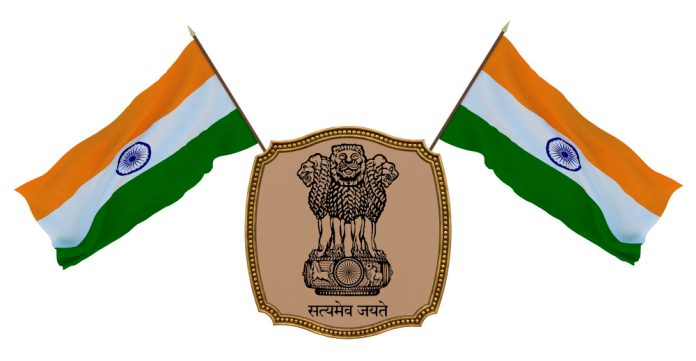- As you are aware, a democratic form of governance is governed by the Constitution ably supported by crucial pillars like the legislature, the executive, and the judiciary, respectively. Remember, the legislature is comprised of the elected representative duly representing the people and their mandate. The legislature is tasked to legislate the laws of the land keeping in mind the socialist welfare measures of the people. Of course, the judiciary is meant to interpret the laws framed by the legislature in line with the Constitution’s Articles without compromising on the letter and spirit of the various clauses governing the same.

PC:Ilearncana
- However, democratic countries around the world are witness to oneupmanship among these pillars to assert their respective roles in one or the other forms. The problem arises when a seemingly innocuous tussle gets out of control. Back home, we have seen how Indian democracy functions over the decades with clearly demarcated responsibilities to each pillar of the Constitution. Nonetheless, incidents of one arm wittingly or unwittingly attempting to occupy the other’s territory is not uncommon. How often have we not heard about judicial activism? Why has only India, even Israel been in the news for the same recently?
- Due to sustained campaigns by the people on the streets, Israel’s PM has now said his government will pause its effort to pass laws that would have allowed the legislature to override the Supreme Court with a simple majority. Israel, a parliamentary democracy without a written Constitution, is fractured between supporters and opponents on a very prickly issue. The issue is to make the judiciary subservient to the legislature and political executive. Indeed, these developments will echo in many other democracies. If there’s a perennial challenge common to them, it’s the system of checks and balances.
- Or the doctrine of separation of powers between the legislature, executive, and judiciary. Constitutions by their nature confine themselves largely to principles. It’s for the legislature to use this framework to design laws that reflect a popular will. A democracy’s system of checks and balances to prevent abuse of power means that laws can be scrutinized by the judiciary to see if they are consistent with the Constitution. The judicial review is the source of friction between popular will and the unelected elite always. Make no mistake, the separation of powers is intrinsic to democracy. In its absence, power is concentrated, undermining the very idea of a democracy.

PC: Hrsht
- The basic structure doctrine provides the guardrails to safeguard democracy. Note that legislatures rarely display unanimity on this issue. In India, a Constitutional amendment, NJAC, to break down the judiciary’s monopoly over its appointments and transfers brought rare unanimity. However, the same was poorly drafted and critical aspects were loosely worded. As such, there is no harm if the Union government takes the initiative to build a consensus to come up with a tighter Constitutional amendment. Nonetheless, friction between the judiciary and legislature is unlikely to end. Notwithstanding the same, it shows thriving democracy is at work as also that power is not concentrated at one end alone.






